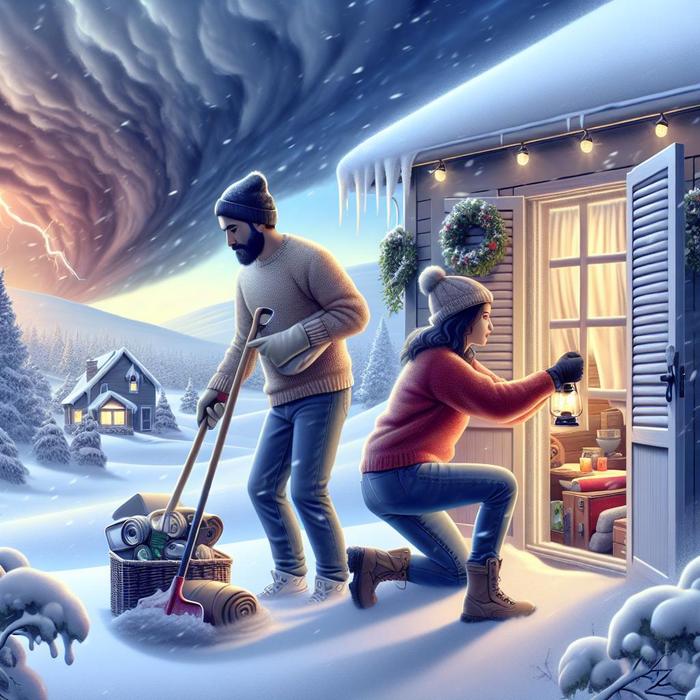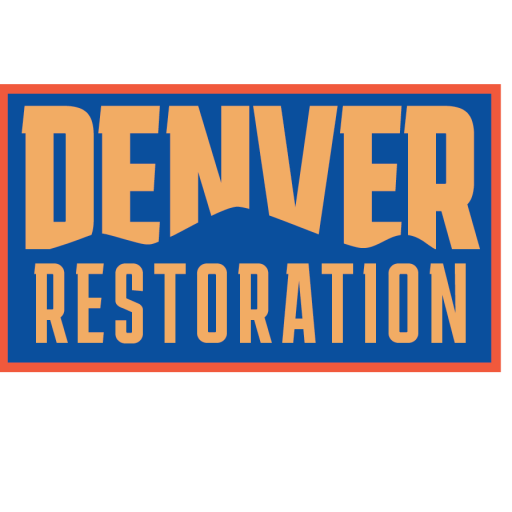A Proactive Approach to Winter Storm Preparation
Every year, households around the globe brace themselves for the onset of winter weather. As they anticipate its arrival with bated breath, the thought of being prepared rests heavily on their minds. The uncertainty of what Mother Nature might deliver can be nerve-wracking, but understanding the importance of winter storm preparation can make all the difference in weathering the storm. The key to maintaining home safety during storms lies in taking a proactive approach.
The Importance of Damage Assessment and Estimation
Preparing for a storm isn’t just about having supplies on hand; it requires understanding your home’s potential vulnerabilities. An effective damage assessment can help you identify areas of your home that might be susceptible to damage during a winter storm. For instance, roof leaks, sagging gutters, and weak tree limbs are all potential hazards that could cause significant problems during heavy snow or ice accumulation. Check out our detailed guide on securing your home against storm damage to learn more about the damage assessment process.
Essential Restoration Techniques and Equipment
Inevitably, some elements of your home may be affected by a winter storm. This is where restoration techniques and equipment come into play. It’s crucial to have the right tools and knowledge to deal with any resultant water or fire damage. Using professional-grade equipment can hasten the drying process after water damage or help minimize the impact of smoke and soot after a fire.
Dealing with Water Damage
The fallout from water damage can be catastrophic, disrupting not just your living conditions but also your peace of mind. Here, restoration involves using equipment like high-speed air movers and dehumidifiers to remove moisture, alongside antimicrobial treatments to prevent mold growth. Our comprehensive guide on hygienic steps for cleanup is a must-read for anyone dealing with water damage.
Handling Fire Damage
Following a fire, the air quality in your home can be severely affected due to the presence of soot particles and residues from burned materials. Restoration in this context involves using air scrubbers to improve air quality and using special techniques and equipment to remove soot from surfaces.
Environmental and Health Safety Precautions
Creating a safe environment within your home is not just about minimizing property damage; it’s also about protecting your family’s health. Winter storms can lead to a variety of health safety concerns, from carbon monoxide poisoning due to improper use of heating devices to the growth of mold due to unchecked water damage.
For instance, mold can pose serious health risks, especially to individuals with allergies or weakened immune systems. It’s essential to understand how to regain your space free from mold fears. By staying vigilant to the risks and knowing how to manage them, you can ensure the health and safety of everyone in your home.
Insurance and Legal Compliance
Understanding your insurance policy is also an essential part of storm anticipation. Knowing what your policy covers can help you avoid unexpected costs and stress. Make sure to take photos or videos to document your home’s condition before and after the storm, as this will support any necessary insurance claims.
Communicating Effectively During a Crisis
Effective communication during a crisis is critical to keep everyone informed and safe. Stay updated with the latest weather news and ensure you have a strategy in place to share information with all members of your household.
Anticipate, Prepare, Survive
As the weather grows colder and storms begin to brew, remember that anticipation and preparation are your best defense. By taking proactive steps in damage assessment, understanding restoration techniques, prioritizing health safety precautions, and ensuring insurance compliance, you can safeguard your home against winter storm damage. So as the snowflakes start to fall, remember you’ve done all you can to ensure your home’s safety during winter storms. Now all that remains is to stay safe, stay warm, and let the winter do its worst.
Making the Right Decisions in Disaster Management
Winter storms can cause a significant amount of damage, making it vital for homeowners, property managers, and business owners to understand the importance of disaster management. This involves not only dealing with the immediate damage but also thinking about how to recover and rebuild effectively in the aftermath.
The First Step: Damage Identification and Verification
Once the storm has passed, it’s time to take stock of the situation. The first step in this process is damage identification and verification. This involves inspecting your property carefully for signs of damage, such as leaks, fallen trees or branches, and structural damage to buildings and other structures. This immediate assessment will help you understand the extent of the damage and what kind of restoration work might be required. Refer to our comprehensive guide on restoring your property with dignity after a disaster to understand this process in depth.
Staying Informed and Aware
It’s crucial to stay informed and aware before, during, and after a winter storm. Understanding what to expect from the storm can help you better prepare for it. You can do this by following reliable weather forecasts and staying updated on the latest news from local authorities. Utilize reliable sources of information, such as the winter weather resources provided by Ready.gov, to help you stay aware and informed.
Restoration Efforts: Making Your Space Livable Again
Restoring your home or business to a livable or workable condition is the next crucial step. This may involve repairing any structural damage, treating water damage, and addressing mold growth. Our guide on managing moisture in your home can provide useful insights into preventing further problems down the line, such as mold or mildew.
Engaging with Restoration Professionals
The restoration process can be overwhelming, especially if you’re dealing with significant damage. It’s often beneficial to engage with restoration professionals who have the necessary skills and expertise to handle the situation effectively.
Lessons Learned: How Past Experiences Can Aid in Future Preparedness
Every storm and its aftermath provide an opportunity to learn and better prepare for the future. Looking back at the damage incurred, the effectiveness of your preparations, and the efficiency of your response can offer valuable insights. Experiences shared by others can also be enlightening. For instance, this Reddit thread on dealing with winter storms provides an inside look into real-life experiences and lessons learned.
Making Use of Local Resources
Utilize local resources during storm preparation and recovery. Many cities provide useful information and resources for residents to help them prepare for and recover from winter storms, such as the City of Oakland opening temporary shelters in anticipation of stormy weather conditions.
Building Resilience: The Key to Weathering Future Storms
Preparing for a winter storm isn’t a one-time endeavor. It’s about continually learning, adapting, and improving your preparations to become more resilient in the face of future storms.
In conclusion, managing the aftermath of a winter storm is about more than just cleaning up. It’s about understanding the damage, making informed decisions about restoration, and learning from the experience to become more resilient in the future. With the right preparation, an understanding of restoration techniques, and an emphasis on safety and health, you can ensure that you, your family, and your property are well-equipped to weather any storm.

